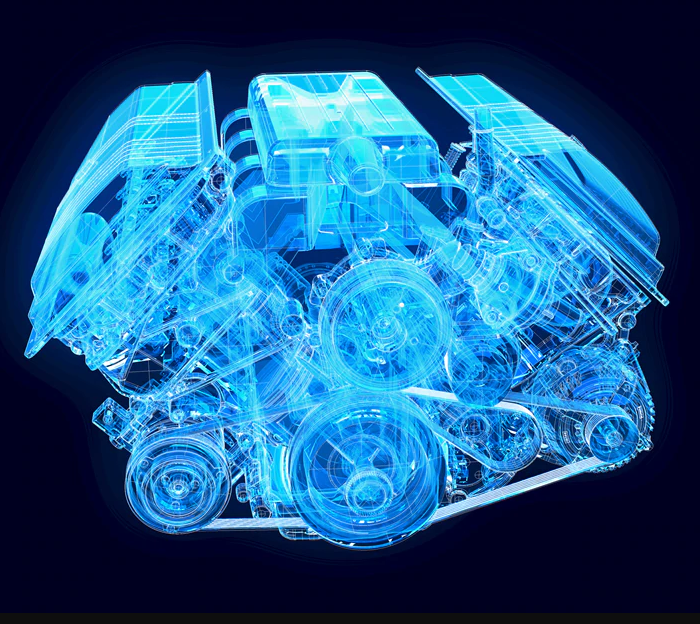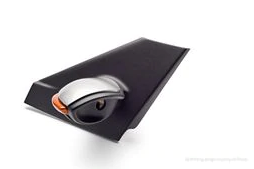HP innovates plastic materials for 3D printing automobiles.

HP’s 3D printing technology is reinventing many industries, including manufacturing and healthcare, but one that is especially important to me is the auto industry.
This week I return to my origins in Detroit, Michigan, USA, which is a historical location for the American automotive industry. There I will speak at the Society of Plastics Engineers’ Auto EPCON conference. I will bring attention to developments in the design, materials, processing, and use of engineering plastics in the global automotive industry.This is where automakers and their suppliers hear about the latest advances in thermoset and thermoplastic engineering polymers. For those who are unfamiliar, “thermoset and thermoplastic engineering polymers” refers to heat-machined plastics. New developments in materials science and 3D printing are changing the way automakers design and manufacture cars.
In my presentation, “HP 3D printing technology for prototype and production applications,” I will discuss all the new things automakers can do with the HP Jet Fusion 3D Printing Solution. HP’s solution delivers better quality parts up to 10 times faster and at half the cost of existing commercial 3D printers. The automotive industry is very conscious of costs, so that is an impressive value proposition.There are big opportunities here for HP and for automakers. The auto market spent approximately $600 million on additive manufacturing in 2016. The figure is expected to grow to $2.3 billion in 2021, according to SmarTech Publishing.
3D printing has the potential to affect safety and driver experience. 3D printing can also help the manufacturers be more efficient and economical. They will be able to design at the voxel level. The voxel level refers to a 3D unit of measure that is equal to approximately 50 microns. This is the width of a human hair. The ability to design at the voxel level and produce auto parts may enable more resilient, dynamic parts. When compared to traditional methods of manufacturing, these new parts can better absorb an impact.
Parts and machine tools can be generated when they are needed

It is not yet possible to print the car you want while you wait. However, automakers can already see the benefits of printing custom car parts, creating rapid prototypes, and quickly adjusting production.
3D printing can dramatically shorten the time required to design new cars and update current models. This shortened design cycle also enables designers, engineers, and carmakers to quickly test and refine new designs with a wider variety of prototypes before they go to mass production.
Manufacturers will also be able to produce tools on demand. BMW, an HP Multi Jet Fusion customer, already claims to have reduced tooling costs by 58 percent and project time by 92 percent in this Deloitte University Press report.
In the future, it may even be possible to custom print entire vehicles for different types of customers.
The materials ecosystem is being built
Printers are only part of the system. With HP’s Open Materials Platform, we are removing barriers that prevent 3D print from being adopted. We are innovating with materials. Manufacturers can be confident that compatible, HP-branded materials will be safe and will meet quality standards.Earlier this year HP introduced the world’s first 3D Open Platform Materials and Applications Lab, in Corvallis, Oregon, USA. There, engineers are using the most advanced equipment to help materials companies develop, test, certify, and deliver the next generation of materials and applications for 3D printing.
Currently, HP is working with four of the world’s leading materials companies to co-develop new materials and refine the materials certification process. However, we will continue to add partners to the program. Arkema, BASF, Evonik and Lehman & Voss announced their commitment to the HP Open Platform and are working on certified materials for the HP Jet Fusion 3D 4200 and HP Jet Fusion 3D 3200 printers.
HP Multi Jet Fusion technology is a pioneer for future platforms that could transform color, texture, and mechanical properties at the voxel level. By manipulating printing materials, 3D printed objects could be created with conductivity, flexibility, embedded data, and translucency. That is only the beginning. There are no limits to the combinations and potential applications.
